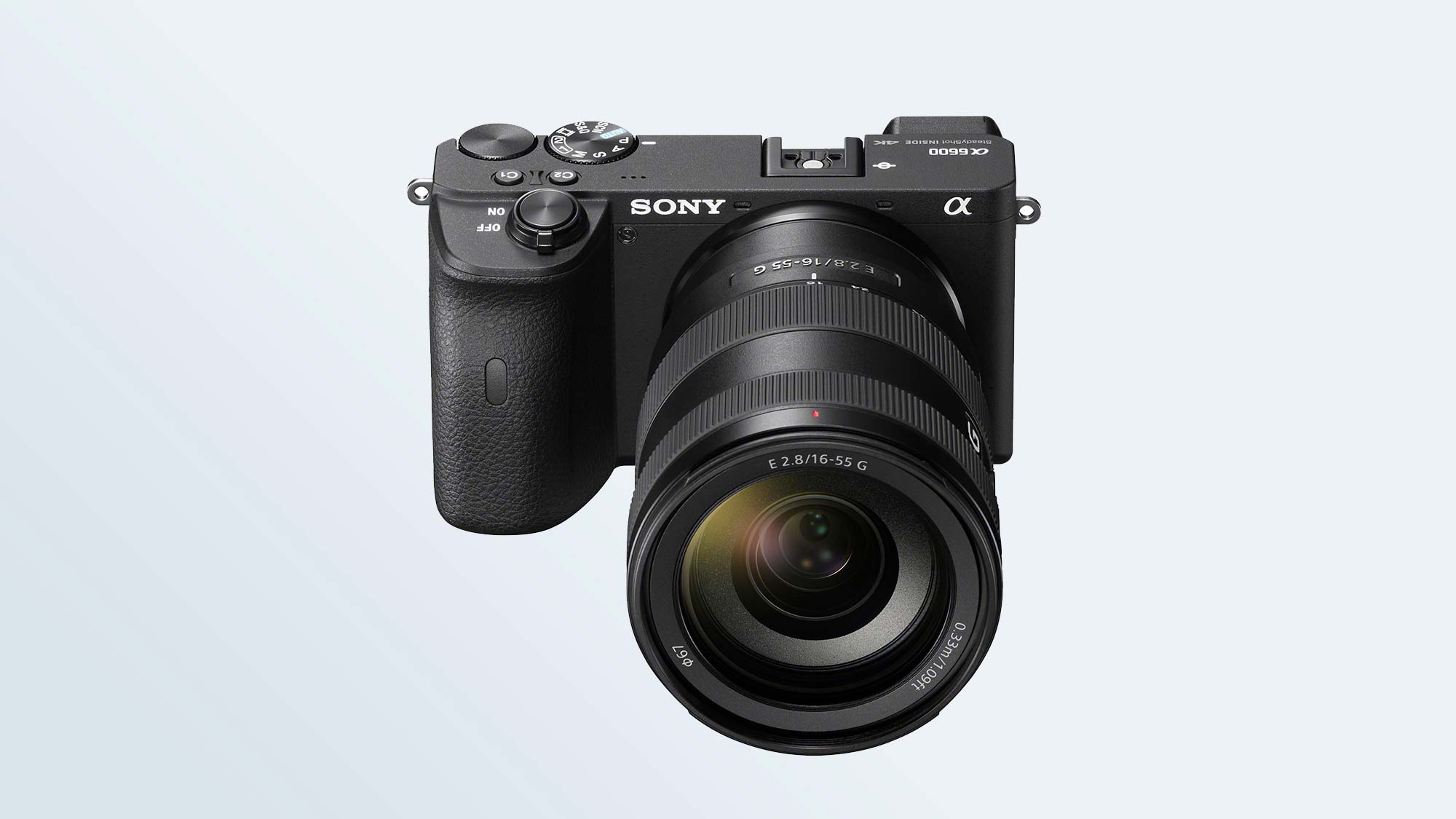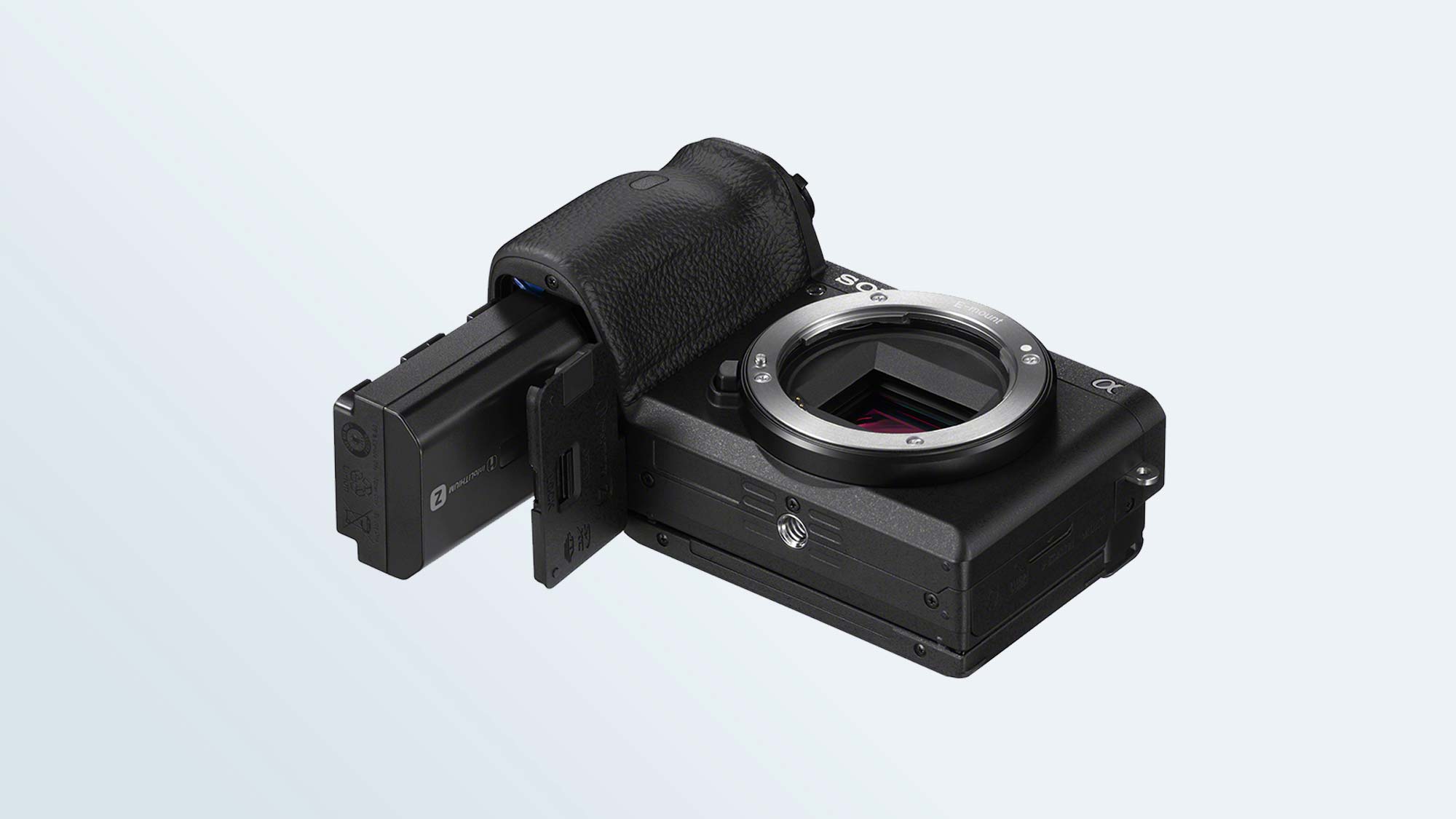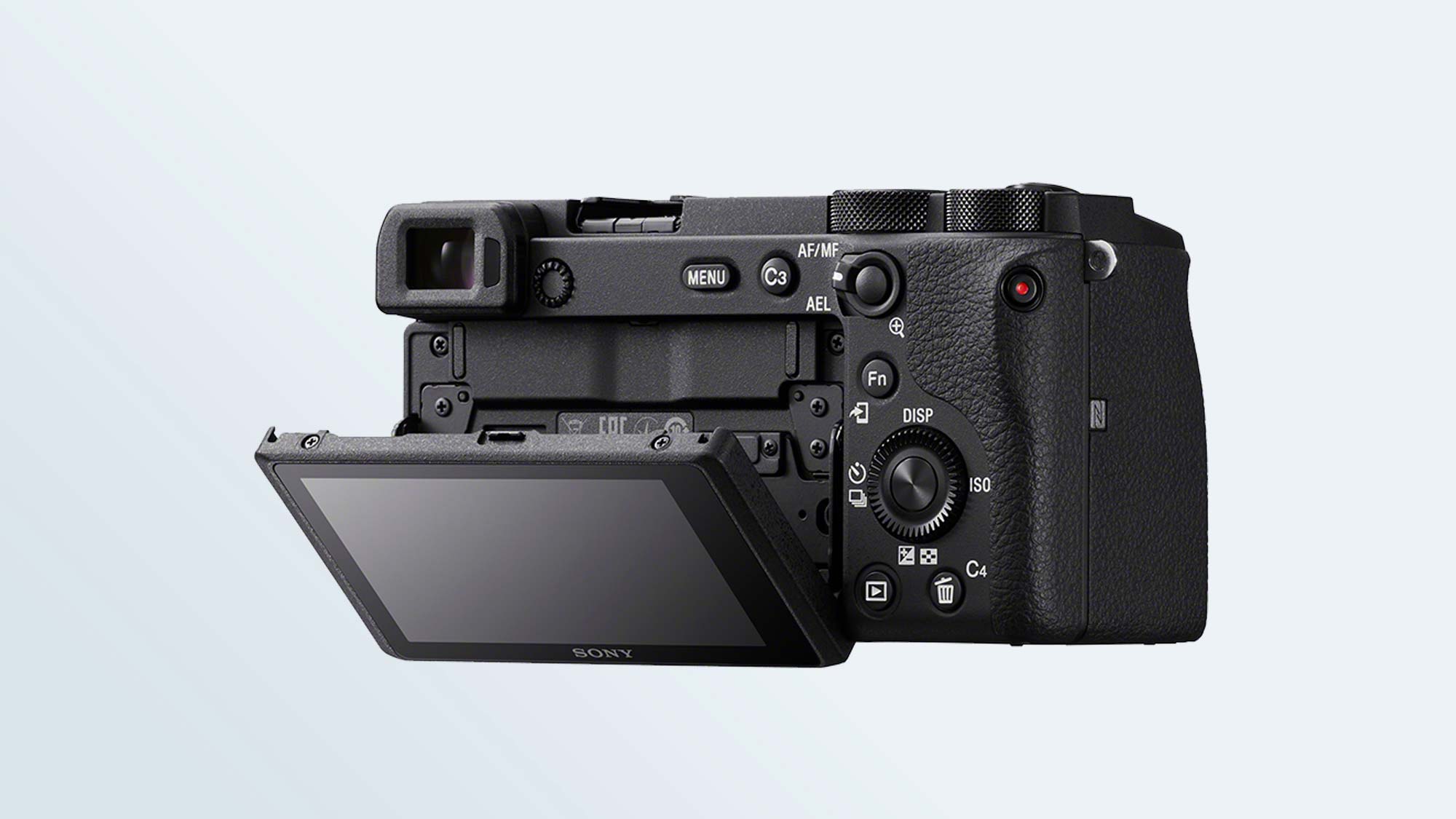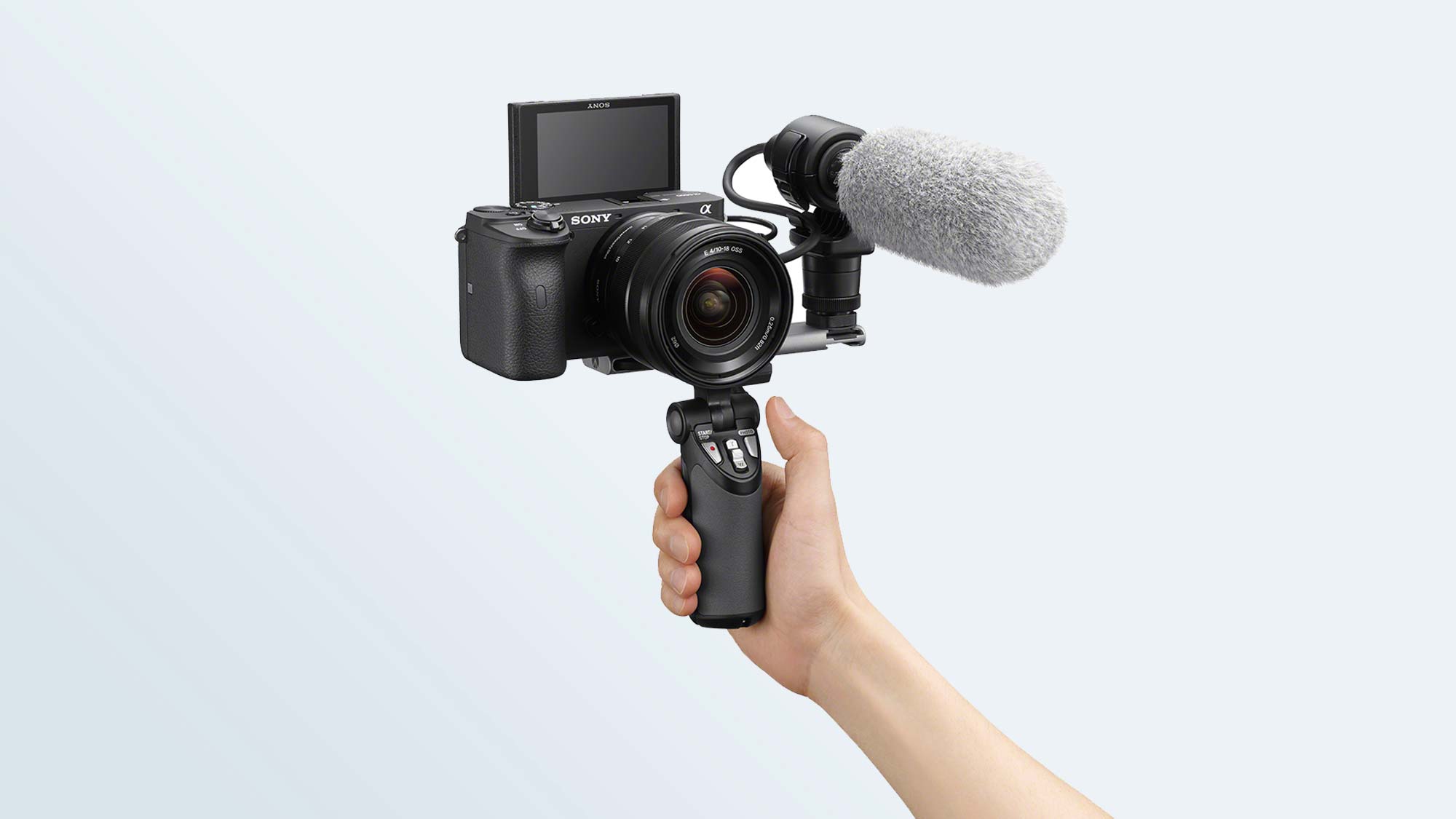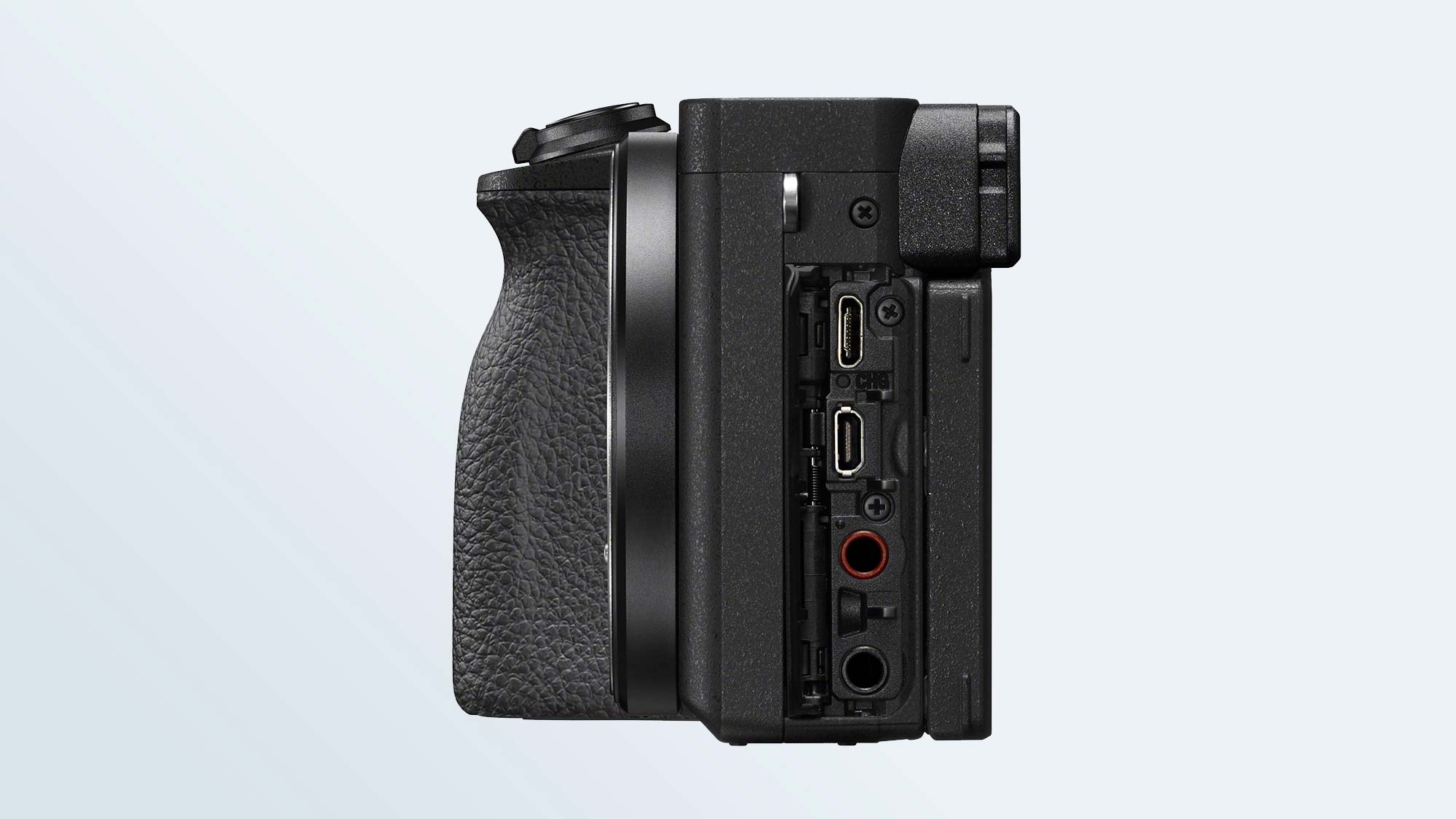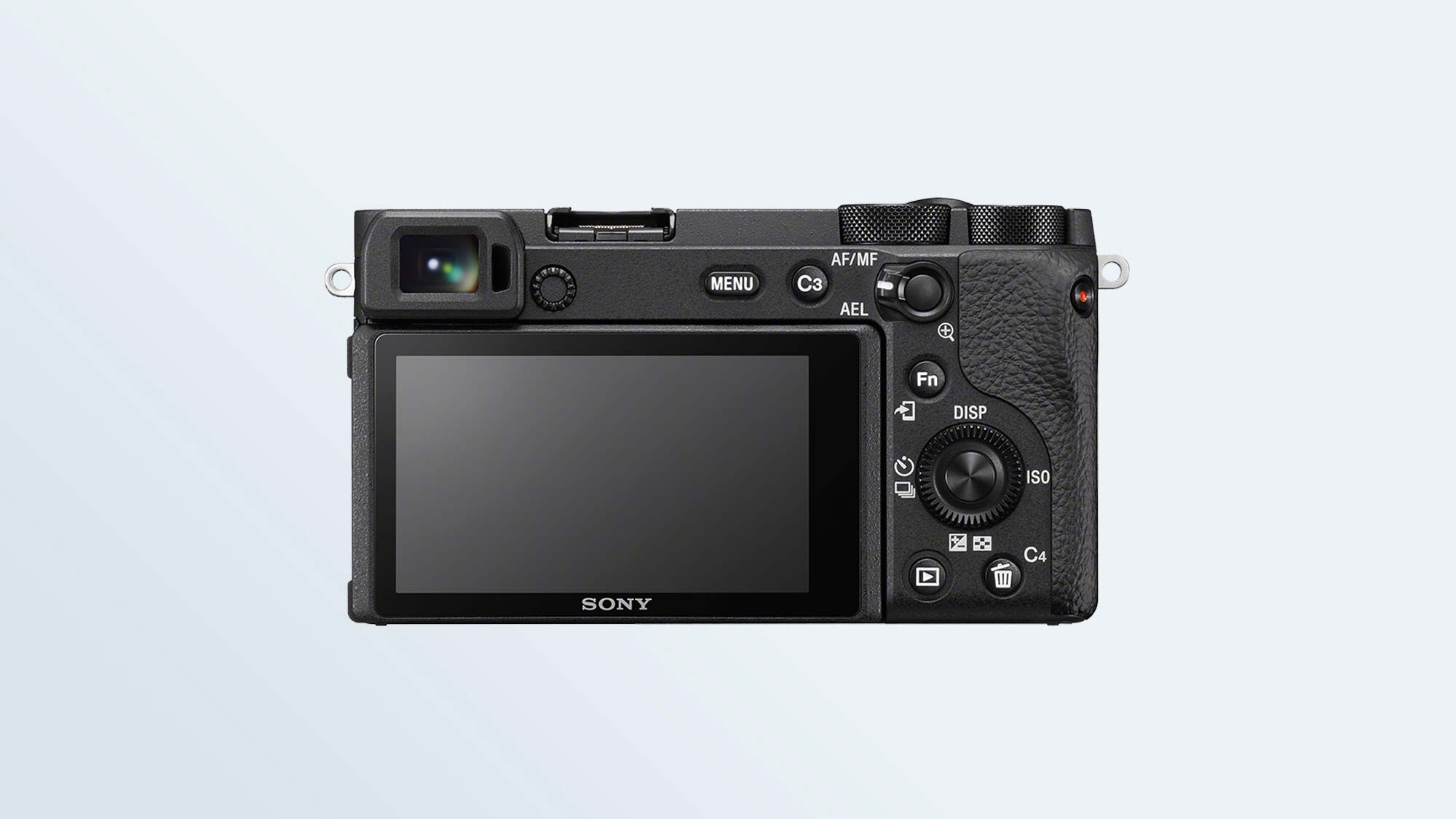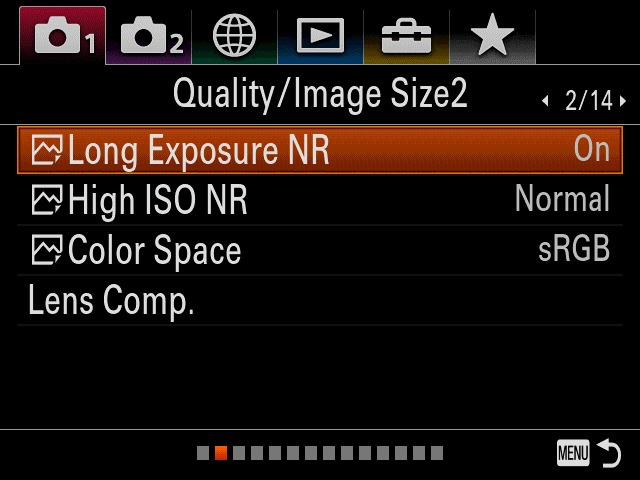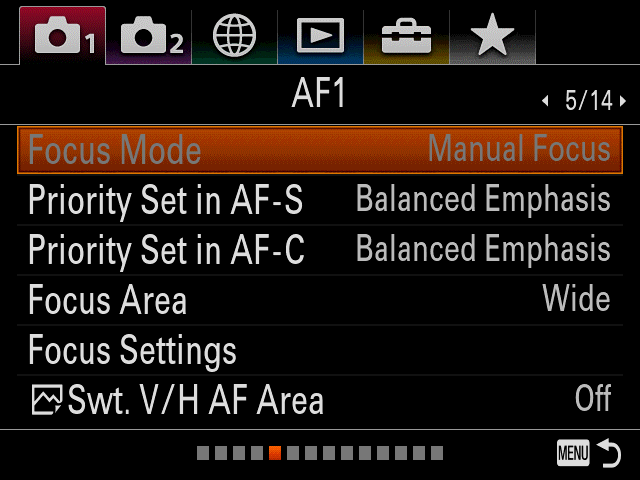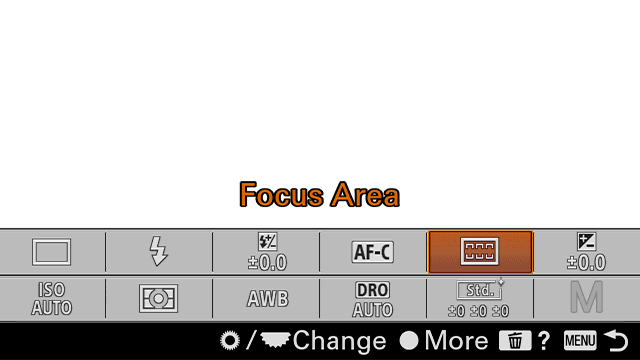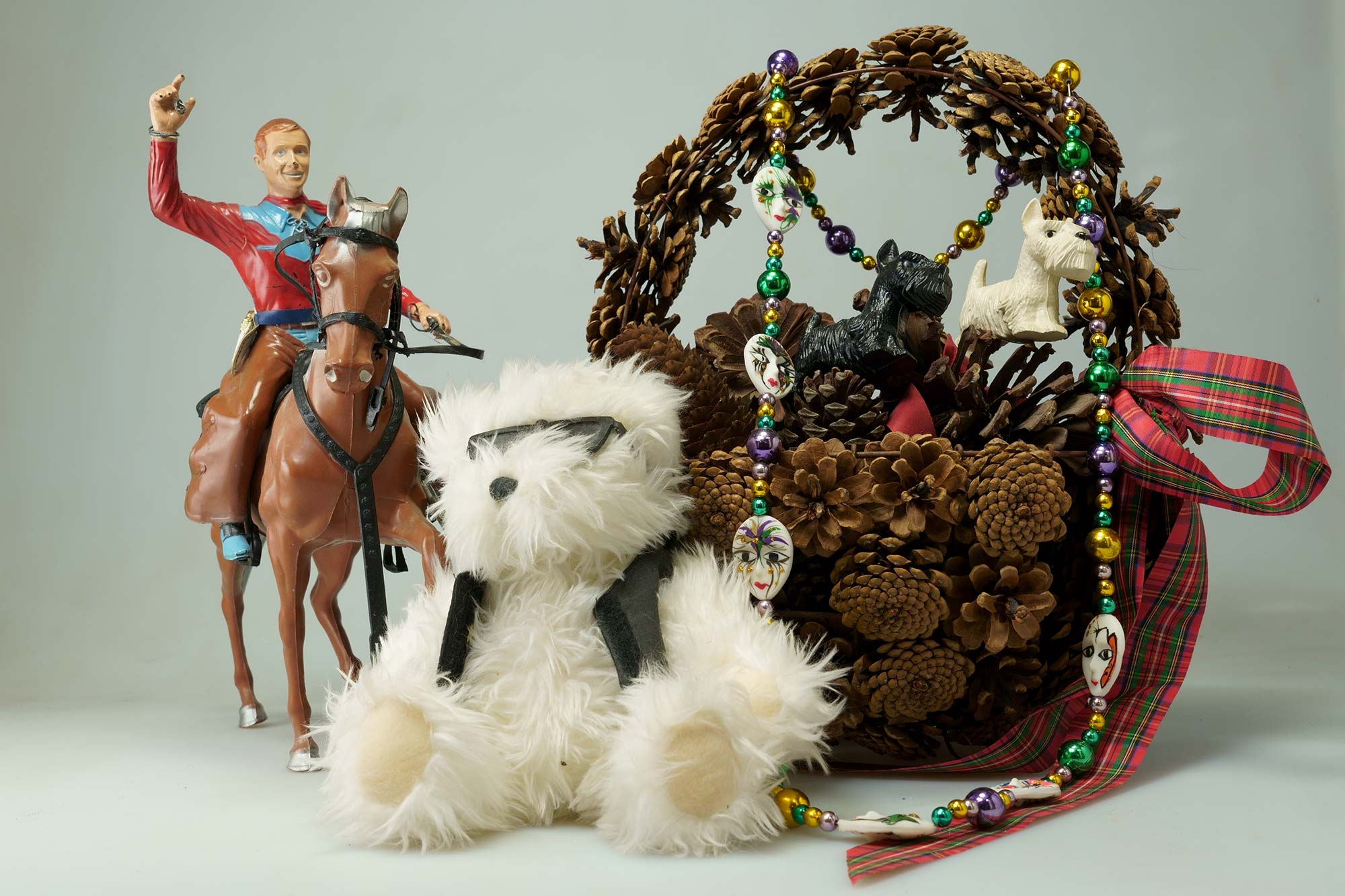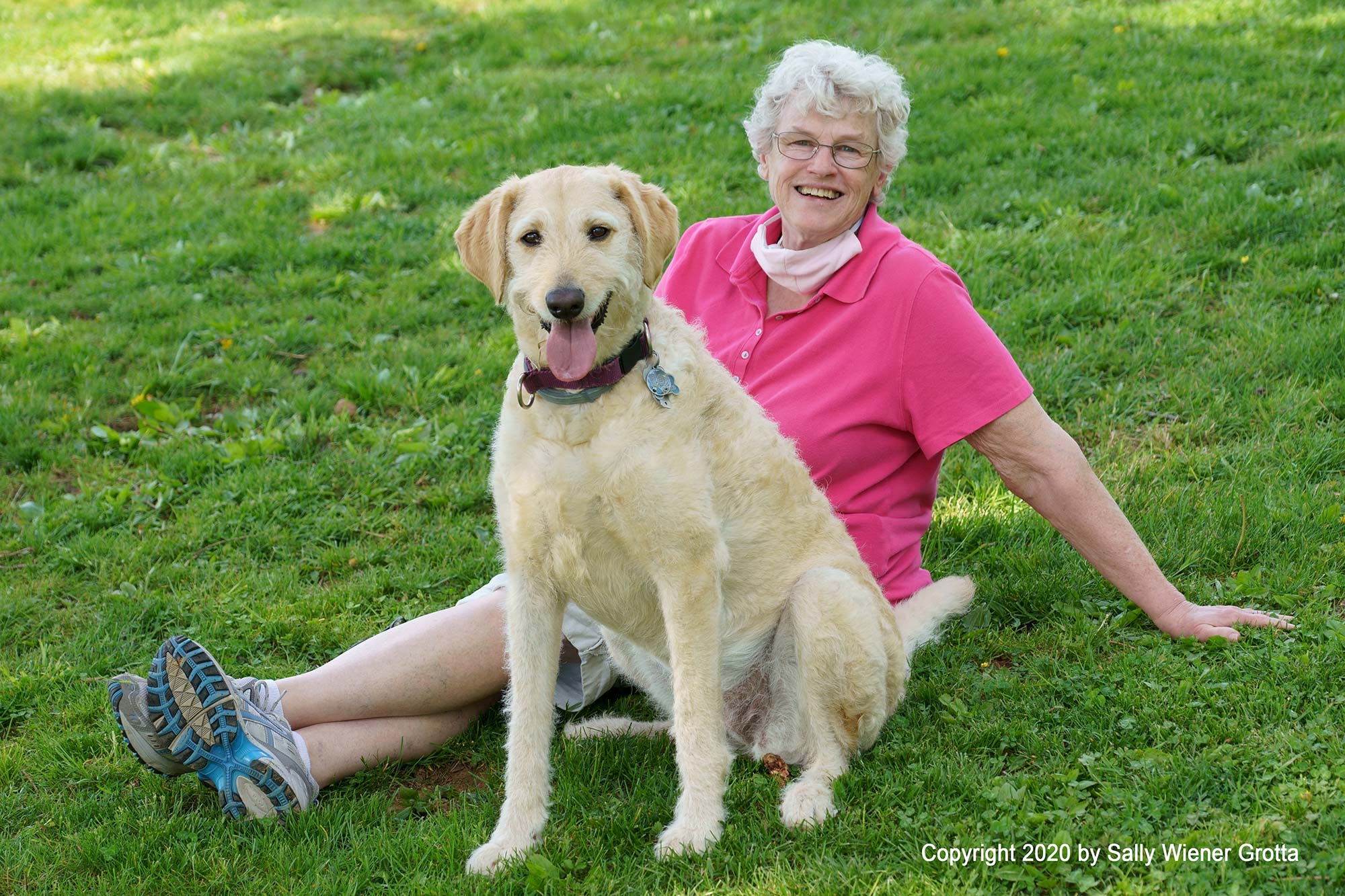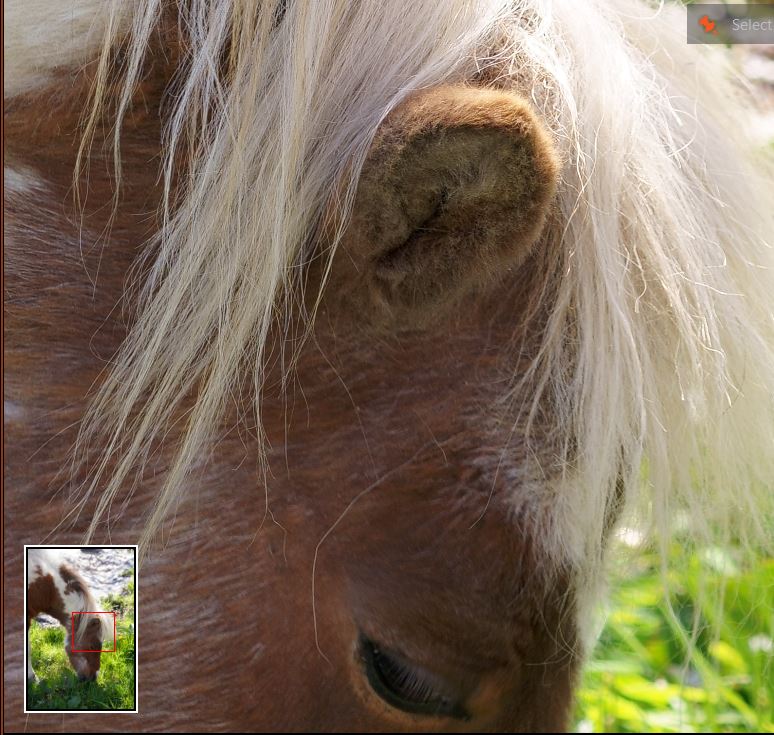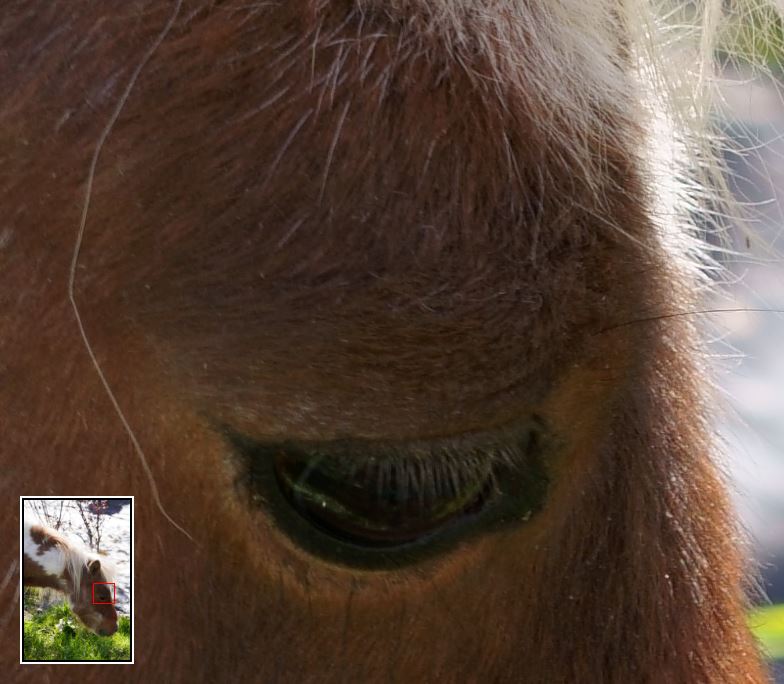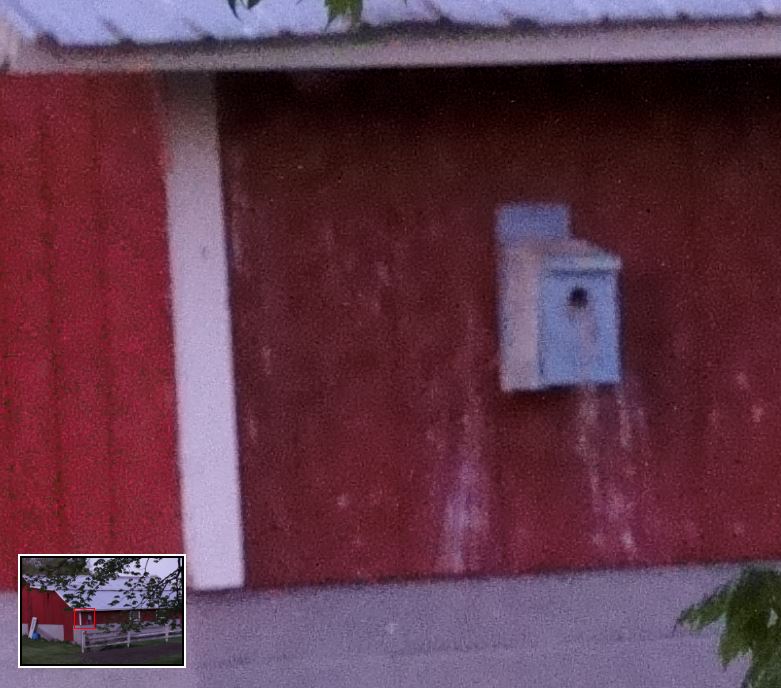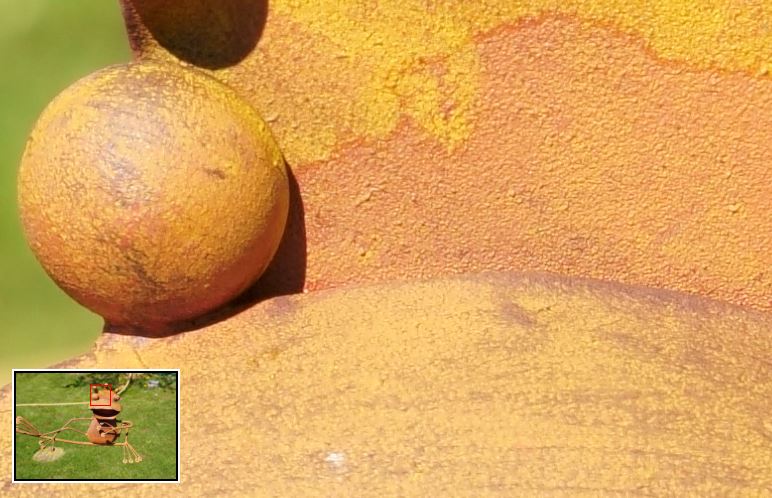Tom's Guide Verdict
The Sony Alpha a6600 is expensive, but it delivers impressive quality, performance and a slew of useful features.
Pros
- +
Real-time autofocus tracking
- +
Extended eye autofocus
- +
5-axis image stabilization
- +
High-capacity battery
Cons
- -
Only one memory card slot
Why you can trust Tom's Guide
Megapixels/Sensor: 24.2/APS-C
ISO: 100-32000 optical (50-102400 with boost)
Video (Max Resolution): 4K (3840 x 2160), 60 fps
Shooting Speed: 11 fps
Autofocus: 425-point phase-detection / 425-point contrast-detection
Image Stabilization: 5 stops/5 axis
Display: 2.95-inch articulating 922K touchscreen
Wi-Fi/GPS/NFC/Bluetooth: Yes/No/Yes/Yes
Battery Life (CIPA): 720 shots (when using viewfinder)
Size (body): 4.7 x 2.7 x 2.3 inches
Weight: 1.1 pounds
The Sony Alpha a6600 is the new flagship of Sony’s mirrorless APS-C camera line, with better performance and imaging processing than its predecessor, the Sony a6500. While the a6600 has the same 24.2 megapixel CMOS image sensor as the a6500, the a6600 uses the latest Bionz X image processor. In other words, the camera gets more out of the image sensor, including more processing power, and a wider native ISO range (100-32,000) and 16-bit image capture (resulting in 14-bit RAW files). In addition, the a6600 features 5-axis image stabilization, real time autofocus tracking, AI-enabled eye autofocusing in both still and video, and other cool features. Throughout my Sony a6600 review, I was impressed with the camera’s image quality, functionality and speed. It’s easily one of the best mirrorless cameras out there.
Sony a6000: Price and availability
The Sony a6600 camera body originally went on sale for $1,400. Various kits package the body with a lens. For instance, the body plus a Sony 18-135mm lens costs $1,800, or with a Sony16-55mm f/2.8 lens costs $2,700.
Sony a6600: Design
The Sony a6600 inherits the a6500’s solid construction: a dust and moisture-resistant magnesium-alloy body covered with a pebbled black plastic skin. While the camera is still compact, the grip is slightly larger, which makes for a more balanced handhold when using larger lenses. What’s more, it means that the camera can take advantage of the more powerful Z battery used by Sony DSLRs. That gives the a6600 more than twice the battery life of the a6500, according to Sony. You’ll be able to capture an average of 720 still images per battery charge when using a viewfinder, while the a6500 is capable of capturing about 310 images under the same conditions.
The increase in size and weight is insignificant. The a6600 measures 4.7x2.6 x 2.3 inches (versus the a6500’s 4.7x2.6 x 2.1 inches). With the battery and memory card, the a6600 body (without a lens) weighs just above 1.1 pounds – less than 1.8 ounces more than the a6500.
The other major design improvement is the more versatile LCD screen. The a6600’s screen now flips up a full 180 degrees from a flush position on the back so it can face forward over the lens (for selfies), and tilts down 74 degrees (for viewing the screen while holding the camera above your head).
The LCD’s selfie position is especially useful for vbloggers. In addition, the a6600 has a jack for an auxiliary microphone and a new port for headphones, both of which are under the door on the left side of the camera (with the USB and HDMI ports).
The LCD is the same 3-inch screen with 922K dots that’s on the a6500, but the a6600’s touch screen capability has been extended beyond touch focus to also include touch shutter and touch tracking. In my tests, I found the monitor to be responsive. The screen is bright and sharp, with excellent detail – though with the common problem that LCDs have of being unreadable in direct sunlight.
Get instant access to breaking news, the hottest reviews, great deals and helpful tips.
The 2359K-dot XGA OLED electronic viewfinder is also bright and sharp, with easy to read data displayed in white on the live view’s black border. As reported in our review of the a6500, the offset of my eye from the viewfinder caused by eyeglasses made it difficult to view the far corners of the image, unless I moved the camera slightly. (I ended up using the diopter to adjust the viewfinder’s optics so I could read the image information and settings without my glasses.) The sensor to the right of the viewfinder worked perfectly, turning off the LCD and turning on the viewfinder immediately, when I pressed my eye to look through it.
Like the a6500, the a6600 can take advantage of the full range of professional-quality Sony E-mount lenses available from Sony and third parties. Similarly, a flash hot shoe on the top of the camera is compatible with Sony and third-party flashes. The a6600 has gotten rid of the popup flash that Sony had on all of its series predecessors, which makes sense, since various lenses occluded the popup’s illumination. Unfortunately, the a6600 still has only one UHS-I-compatible SD memory card slot (nested with the battery in the grip).
Sony a6600: Interface and controls
Given all the a6600’s features and functions, it comes as no surprise that it has lots of buttons, dials and menus. The most frequently used are easily accessed through physical controls, plus four custom buttons that are user-programmable for quick access to your personal favorite settings. Most of the controls and icons follow industry standards, making it comparatively easy to master the basic camera functions.
On the top are the on/off switch/shutter button, with the mode and control knobs and two of the custom buttons behind it.
The back has a typical profusion of buttons and controls. Here you’ll find a switch for autofocus/manual focus (AF/MF) and the auto exposure lock (AEL), and the two other user-definable custom buttons. The directional control does double (and sometimes triple) duty, depending on what mode you’re in. It scrolls through menus, selects among different display styles, and opens the options for ISO, exposure compensation, the drive mode, or the focus area. With my left hand under the lens and my right holding the battery grip in the traditional photographer’s position, I had no difficulty reaching for these controls with my thumb.
The tiny indented movie button to start video recording is in the upper right edge between the back of the camera and the battery compartment grip. The position is logical, but it still took me some time to get used to reaching for it without looking.
While the nested menus (displayed on the LCD monitor) are redesigned to be more logical than on the a6500, they still consist of a plethora of options so that navigation is complex. The interface has six tabs: still image options, movie options, network settings, playback controls, setup/tools, and a customizable My Menu. Each of the tabs contains multiple screens, adding up to 36 individual screens. In addition, some of the more advanced features require adjustments to several settings, which sometimes involve scrolling through various screens.
I found the function (fn) button a great shortcut for the most important settings. Pressing it displays a menu of 12 functions on the bottom of the LCD screen, overlaying the current view through the lens. By default, when in still photography mode, the fn button provides direct access to change the drive mode, focus mode, focus area, exposure compensation, ISO, metering mode, flash mode, flash compensation, white balance, creative style, file format, and shooting mode.
When in movie mode, the function menu has fewer default icons: focus mode, focus area, exposure compensation, ISO, metering mode, flash compensation, white balance, creative style, and video exposure mode. However, you can customize the fn menu according to your preferences. While in the midst of a shoot, I tended to press the fn button when I needed to make changes rather than wasting my time scrolling through the nested screens of the tabbed menu. Of course, the four hardware custom buttons are even a quicker way to access your personal favorite settings.
Sony a6600: Image quality
I shot all my still photos using RAW+JPEG, and my analyses are based on viewing the RAW files using Sony’s Imaging Edge software on a calibrated monitor. All pictures are analyzed and published as shot with no image editing. (Photos are converted to JPEG after analysis so they can be shared below.)
For my test still image, I used studio lights, set the a6600 to default metering, program mode, 200 ISO, auto white balance and wide autofocus, used a steady camera stand and shot at 1/30, f8.0.
For the most part, the photos were consistently good to excellent. Images were sharp, and colors were true to life. However, the indoor test still image was over-saturated and wasn’t as crisp as my outdoor images.
Outdoors in good sunlight, my photos were bright, sharp and clean.
Skintones are natural and appealing.
I was impressed with the clarity of detail even in shadows and highlights in photos taken outdoors in bright light. In challenging light, such as a combination of very bright lights and dark shadows, or backlighting, the a6600 delivered well-balanced exposures and dynamic range with great detail in most situations. Even in this backlit image, the individual hairs of the horse’s mane are well defined (shown at 50% magnification). You can distinguish the eyelashes which are in shadow (100% magnification).
However, periodically I found I sometimes had to use exposure compensation to capture the true midtones, highlights and shadows. For instance, sunlight filtering through the trees onto this cabin in the dark woods confused the camera’s metering. The result was an overexposed image. When I set the exposure compensation to -1.7 EV, the camera captured the full lush qualities of the shadowy scene.
As is to be expected, when I used higher ISOs in low light situations, the resulting pictures were noisy. Photographing the test still life with the table studio lights turned off, I captured a series of images from 1000 to 8000 ISO. I noticed some color noise at 3200 (left image), but the noise became distracting at 5000 (right image). Both pictures are displayed at 100% magnification.
This instance, this twilight image of a neighbor’s barn, shot at 10,000 ISO using aperture priority auto exposure (1/40 at f4.5), is not only overexposed but also displays considerable noise. When I captured the same scene (about two minutes later) using identical parameters but adding the Night creative style, the processing reduced the noise. (Both are viewed here at 100% magnification.)
Sony a6600: Autofocus and speed
The a6600 is a fast shooting camera, matching the a6500’s shooting speed (11 frames per second) in continuous mode, and bettering its autofocus (0.02 seconds versus 0.05 seconds). However, when shooting at 11 fps, the camera will display the last shot taken rather than a live view, and that’s problematic when you need to compose your shot and/or photograph a moving subject. You have to slow down to 8 fps to use live view. The a6600’s fast hybrid autofocus uses 425-point phase detection and 425-point contrast detection that analyzes 84% of the image frame horizontally and 100% vertically. (The a6500 has 425/129 detection.)
When I photographed a garden whirligig that kept twirling in the breeze, the a6600’s real time autofocus zeroed in quickly and accurately. (Shutter priority, 1/160th at f2.8, shown at 100% magnification)
In addition, the a6600 has expanded on the a6500’s AI object recognition for detecting and tracking eyes. The a6600’s eye autofocus works with both people (left/right eye selectable) and animals in still photo capture. The camera even has eye AF in video (though only for humans).
In this video, I’ve slowed the playback, so you can see how the runner’s face stays in focus.
You can tweak autofocus for video by adjusting the AF drive speed (fast, normal or slow) and AF sensitivity (responsive or standard). Select your AF drive speed according to how quickly you want your subject to come into focus. AF sensitivity relates to the ability to quickly switch among subjects (or stay locked on a specific subject) during filming. The LCD’s functionality has been expanded to include not only touch focus but also touch tracking, so you can quickly select specific moving subjects to keep in focus while recording your video.
Sony a6600: Video performance
The 6600 creates 4K movies by oversampling 6K capture, for higher quality videos. In addition to S-log 2 and S-log 3 gamma curves for capturing a full range of data from the image sensor, the 6600 has hybrid log-gamma (HLG) for high dynamic range capture (HDR).
Like the a6500, the a6600 has Slow and Quick Motion, which means you can slow down motion (such as a trapeze artist floating through the air) or do time-lapse videos (for instance, of a flower opening). And it has the same 5-stop 5-axis in-camera stabilization as the a6500, which helps you create smoother videos.
For my test vlogging video, I set the LCD in selfie position and used the a6600’s built-in microphone rather than attaching an auxiliary mike. The only lights used were my studio ceiling overheads and a desk lamp. The video is clean and sharp with good color though oversaturated. While a bit noisy, the audio is of a good volume and quite audible. Because the LCD was facing me over the lens, I could monitor the volume indicators and other settings, while confirming that I didn’t have spinach in my teeth. Overall, it's good enough to make it into our list of the best cameras for vlogging.
Sony a6600: App and software
Sony has replaced its kludgy PlayMemories app with Imaging Edge software, which connects the camera to a computer, smartphone or other smart mobile device. The app is segmented into three modules: Viewer, Editor and Remote.
Remote is the important part, and the single reason why you will want to download and use Imaging Edge. Through the Remote interface, you can control and shoot your camera from your computer or device plus transfer both still images and videos. The app can also apply your phone’s GPS location information to your files’ metadata.
On the other hand, the Viewer and the Editor are weak sisters to Remote, and certainly won’t replace Adobe Lightroom or any of the best photo editing software for serious photographers.
Sony a6600 review: Verdict
The Sony Alpha a6600 is a worthy new flagship for Sony’s mirrorless APS-C line of cameras. Its advances – such as extended eye autofocusing, great tracking, better performance and speed, and a more flexible LCD – make it very tempting, despite the high price. Those looking for on a budget will want to check out the Sony a6100, which costs half as much and can shoot 4K video, but lacks in-body image stabilization and has a much shorter battery life. But if you want the best Sony has to offer among its APS-C mirrorless cameras, the a6600 is it.

Sally Wiener Grotta is the president and lead analyst of DigitalBenchmarks test lab (www.DigitalBenchmarks.com). The scripts she created for various tech publications for testing and evaluating digital cameras, image quality, software and related technologies have become industry standards. Among her numerous books is the first major volume on image processing “Digital Imaging for Visual Artists” (McGraw-Hill), co-authored with Daniel Grotta. Her hundreds of reviews, stories and columns have appeared in scores of magazines, journals and online publications.

